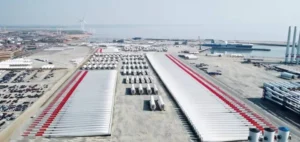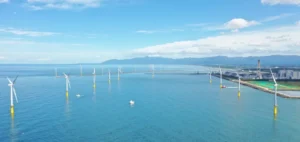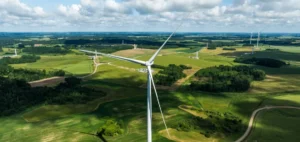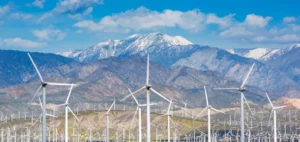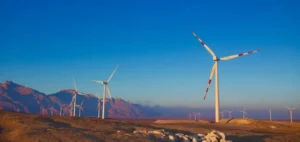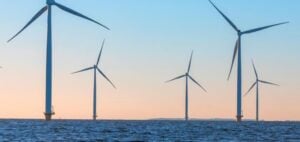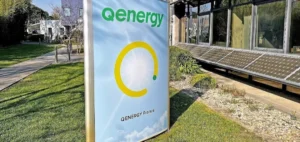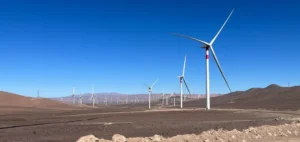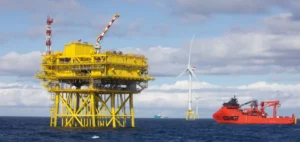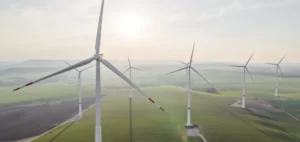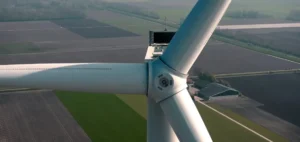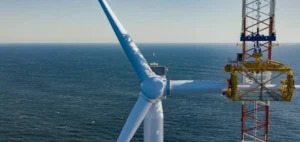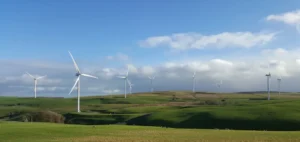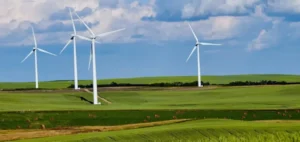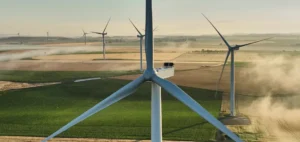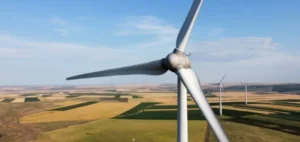NSEC, North Seas Energy Cooperation, seizes the historic opportunity to accelerate Europe’s transition to energy independence.
NSEC’s ambition
The energy ministers of the NSEC member countries and the European Commission announce their new target. This is a significant increase in their collective ambition in the deployment of offshore renewable energy.
At their ministerial meeting in Dublin, under the Irish presidency, NSEC ministers agreed on global, non-binding offshore renewable energy targets for the maritime area of the entire region.
The nine NSEC countries have agreed to reach at least 260 GW of offshore wind power by 2050. This represents more than 85% of the EU-wide ambition to reach 300 GW by 2050. Ministers and the Commission reaffirmed their commitment to cooperation within NSEC as the framework for achieving their increased offshore ambitions.
A key role in the EU’s energy transition
Welcoming the new targets, Energy Commissioner Kadri Simson said:
“Today’s commitment is an excellent example of the kind of regional cooperation the Commission envisioned in its offshore renewable energy strategy. […] The transition to green energy has only become more urgent since the Russian invasion of Ukraine. Accelerating the deployment of renewable energy is one of the three pillars of the REPowerEU plan. Increasing renewable energy will therefore help improve the sustainability of our energy sector and enhance our security of supply.”
At the ministerial meeting, Ireland’s Minister for the Environment, Climate and Communications, Eamon Ryan, added:
“In Ireland alone, our sea area is seven times our land mass. The North Atlantic and North Sea are some of the windiest places in the world. It is our largest collective resource of continuous energy. So it is important that we have agreed to be ambitious in our goals. […] When it comes to realizing the potential of offshore wind, again, it’s best that we work as one, set agreed-upon goals and operate as a collective. With this approach, we can provide assurance to households and businesses that Europe will be energy independent.”





